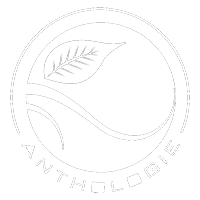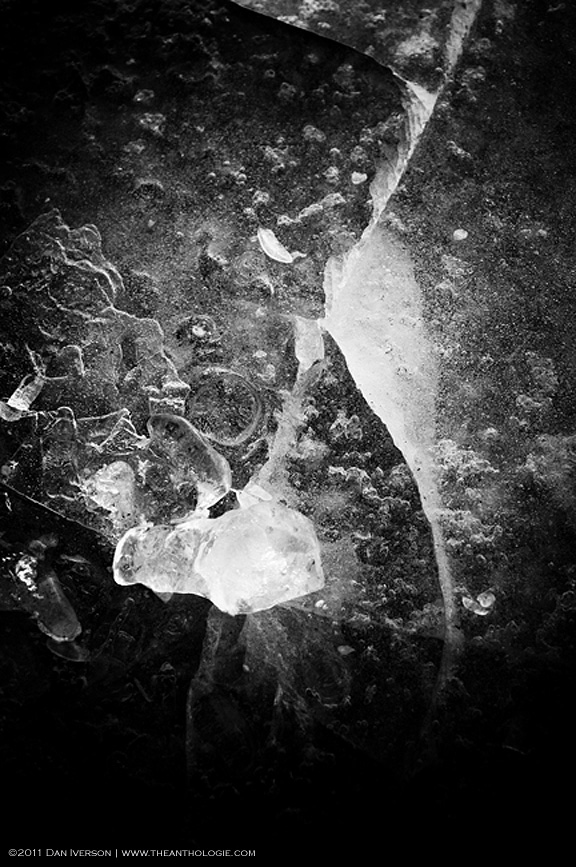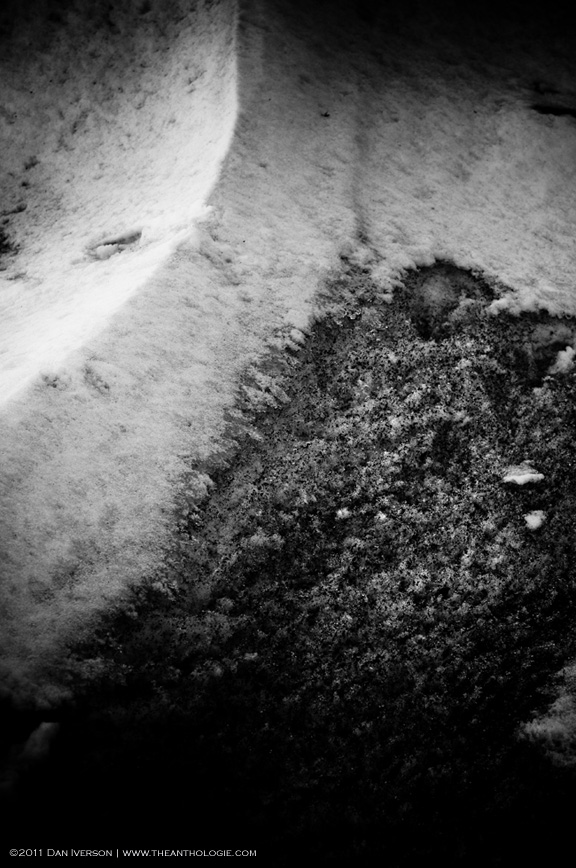 Feeling locked up indoors with a nasty cold all week, I decided I needed an excuse to get outside. So, today, I decided to create the 3.5.11 Project and challenge my own conceptions about the art of photography, and perhaps your own.
Feeling locked up indoors with a nasty cold all week, I decided I needed an excuse to get outside. So, today, I decided to create the 3.5.11 Project and challenge my own conceptions about the art of photography, and perhaps your own.
The rules: Create 3 final images in 5 minutes or less, and have all the edits and post production on the photographs made in 11 minutes or less. Sounds easy, right? Not so fast.
This exercise was done in part to whip me back into the shape I was in as a news photographer. With demanding deadlines, shooters like myself didn't/don't have much time to dillydally around on assignment. I, and others like myself, would often lament that only with sufficient time to work with the subject of a story can quality results be achieved.
The trouble is, when you become your own boss, you create your own deadlines — or lack thereof. It can be a challenge to move quickly when no one is above you telling you to hurry your ass up.
To make the necessary images in less than 5 minutes required a bit of planning, meaning, I at least needed a theme to work on before I got going. I decided on "transitions" for a theme, thinking the change of winter to spring outside should afford many opportunities for images.
I didn't limit myself to one lens or one aperture, or anything. After all, I was trying to get into my photojournalism mode, where decisions on what lens, ISO ratings and shutter speeds need to be made swiftly.
I actually used a stopwatch to perform the exercise, and even I was shocked just how quick 5 minutes can go. I spent 3 min. 22 seconds photographing the ice melt on my sidewalk before I even thought to look at the clock. The next two images were made quite quickly.
Once I got inside to upload and edit the images, I was happier with the results than I expected, but I could definitely see that I didn't have enough time to work with the composition of my last image, the one of the dead and decomposing bird in my backyard. I was particularly upset that I didn't move just a bit further away to get more of the rock forms on the left side of the frame.
The post-production work was actually pretty smooth. I came in at 10 minutes 24 seconds, having the raw images exported from Lightroom and resized for this web post. I even had a minute or two to rework the melting snow mound image in PhotoShop before resaving to beat the clock.
So, what did I learn?
1. It's still best to get everything good on-camera to save time editing. While I was pleased with the images, I realized that if it hadn't been for the clock counting down on my monitor, I probably could have spent another half hour in PhotoShop tweaking tiny details in the melting snow mound image.
2. I need to continue to do more photography for myself.
3. I'm still not over my cold.
4. Most importantly, spending more time on a project doesn't necessarily make it better. I remember one of my former editors saying my biggest challenge was learning to accept when my work is "good enough." He said he admired how I would want my work to be the best, but sometimes you just have to remember it's going to be replaced by another edition tomorrow.
I still find myself doing this for my clients — working hours and hours editing images, reworking a story, or redoing a design. And as you can see, I also need a lesson in brevity when it comes to writing. So, does spending more time on something make it better or more valuable than something done quickly? You be the judge.





